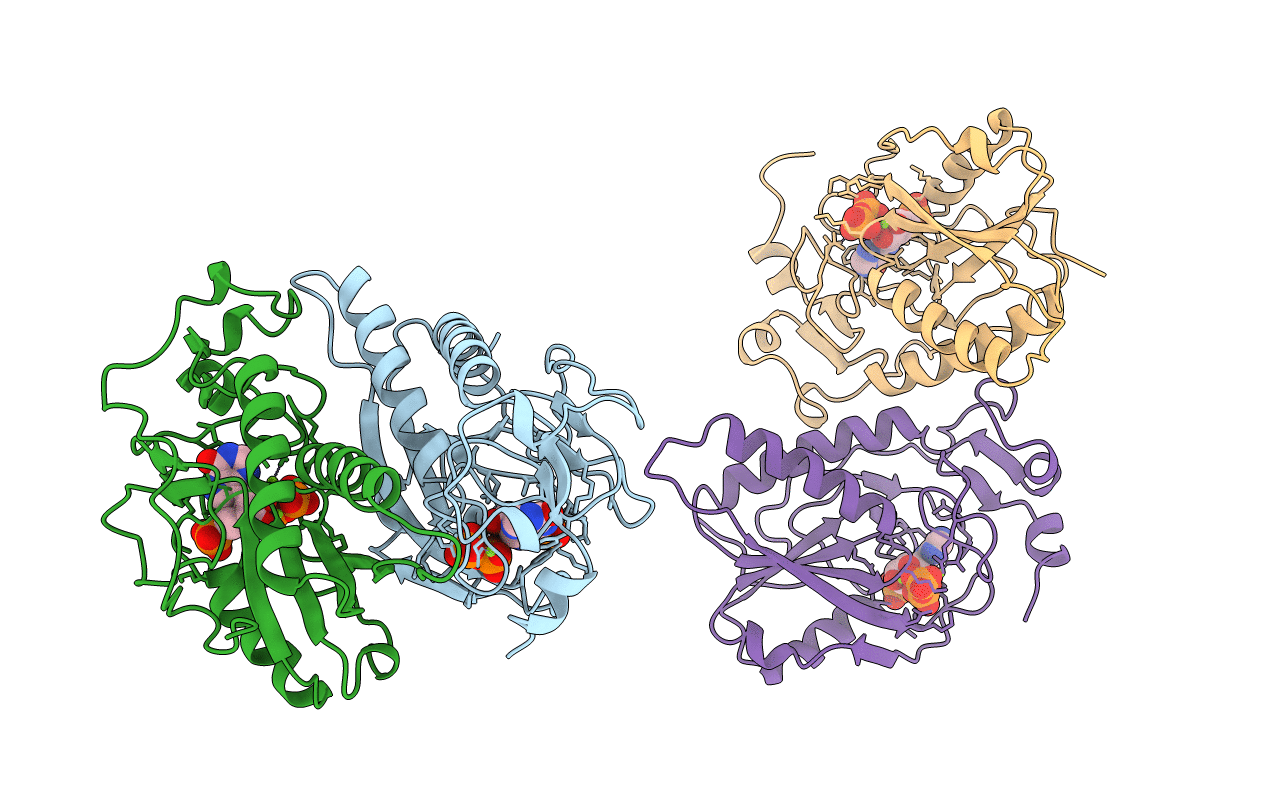
Deposition Date
1999-04-08
Release Date
1999-08-18
Last Version Date
2023-08-09
Entry Detail
Biological Source:
Source Organism:
Plasmodium falciparum (Taxon ID: 5833)
Host Organism:
Method Details:
Experimental Method:
Resolution:
2.00 Å
R-Value Free:
0.23
R-Value Work:
0.19
Space Group:
C 2 2 21


